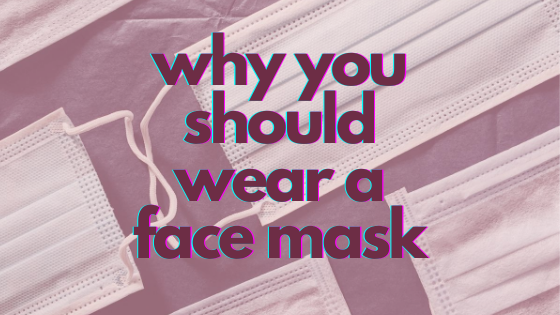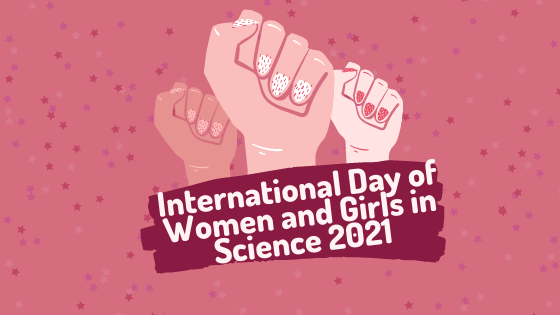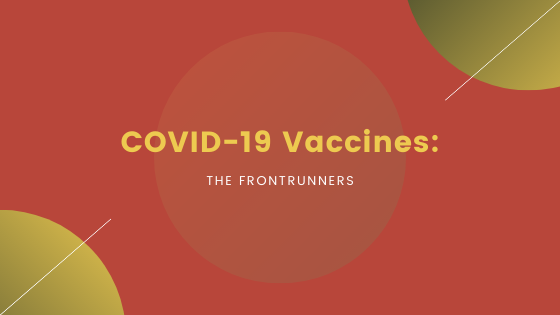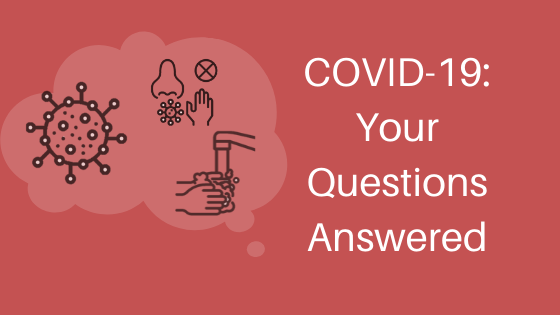Remember when putting on a face mask meant slapping on a skincare product for a session of self-care? Yeah, neither do we.
Our day to day lives have changed dramatically over the last few months and there has been much confusion over what we should or should not be doing. One thing that has been heavily opposed is the use of face coverings. With face coverings becoming mandatory inside shops in England from Friday 24th July, we are here to give you the science behind how face coverings protect you, in the hope that it will encourage you to protect yourself and others!
First of all, a recap on how COVID-19 spreads and how face coverings can prevent it
The virus that causes COVID-19 spreads through respiratory droplets (released when an infected person coughs, sneezes, or even speaks). If you are in close contact with someone who is infected with the virus, there is a chance these droplets could enter your respiratory system (hence the need for social distancing). Infected droplets can also be released into the air and fall down upon surfaces that you later touch, you could also pick up the virus this way, which is why good hygiene is now even more important than ever.
If a person who is infected with the coronavirus is wearing a face-covering such as a mask, there is a much lower risk of them releasing infective droplets out into the air. Likewise, if you are wearing a mask, there is a greatly reduced chance of you picking up any of these pesky droplets.
Great! So if I wear a mask, I don’t need to worry at all then?
Wrong! Wearing a mask is a great precaution to take, but it’s not a magic wand. Maintaining good hand hygiene, cleaning commonly touched surfaces regularly, and keeping a safe social distance from others when in public, are all still essential. The WHO was previously reluctant to advise mask-wearing for this very reason, as they didn’t want people to fall into a false sense of security and neglect the other steps necessary to stop the spread of COVID-19.
Have you read our post answering some of your burning COVID questions? Check it out here
What are the different types of face masks out there?
Remember that the government are recommending that people wear face coverings, not necessarily masks. These can include bandanas, scarfs – basically anything that safetly covers your mouth and nose. For simplicity, we will be referring to face masks throughout this post, and when we say “you should be wearing a face mask”, what we mean is that you should be covering your face. “Face mask” just sounds catchier, y’know?
[bctt tweet="Wearing a mask is a great precaution to take, but it's not a magic wand."]
As for different types of face masks; there are three main categories:

- Surgical/Medical/Disposable masks:
- These are the ones you’ve probably seen people wearing most often. They are generally quite loose-fitting, and prevent the release of respiratory droplets out into the environment around you. They also filter large particles in the air, preventing the wearer from inhaling them
- N95 masks:
- These typically provide more protection than a surgical mask because they filter out large and small particles when inhaling air. This is actually where its name comes from, as it is designed to block out 95% of small particles in the air
- Fabric/Cloth masks:
- These are not surgical grade masks and can even be made at home, but are effective in preventing the release of droplets from the wearer’s nose and mouth. These can also be washed and reused, unlike surgical or N95 masks
More information on the different types of face mask materials:
Which is more effective, a disposable or a fabric mask?
This has been an area of huge debate and still, there are no clear answers. The general consensus is that people working in healthcare settings, where social distancing may not be possible, should be wearing disposable, surgical-grade masks, but for use by the general public visiting shops and other spaces, fabric masks, combined with social distancing and good hand hygiene, are sufficient to reduce the risk of passing COVID-19 on to the people around you.
Should I wear a mask with a ventilation valve?
No. These masks have been popular with some people finding them easier to breathe through because of the valve. However, this valve also lets some of the wearer’s own respiratory droplets escape into the environment around them, defeating the whole purpose of wearing a mask to protect others.
I’ve heard that wearing face masks can cause hypoxia, is this true?
No, wearing masks do not cause hypoxia (a condition where the body does not get enough oxygen). This rumour has been doing the rounds on social media and has been debunked by several experts. Think about surgeons working for hours in an operating theatre – they wear face masks, but don’t end up with hypoxia.
Are there people who shouldn’t be wearing face masks?
The government have recommended that certain people do not have to wear a face mask. These include:
- Children under the age of 11
- People with physical or mental disabilities which make putting on, wearing or removing a mask difficult and distressing
- This may include people with breathing problems such as asthma. More advice for asthma sufferers can be found here
- Those travelling with or assisting someone who communicates via lip-reading
How often do I need to wash a fabric mask? Can I reuse a disposable mask?
You should wash a fabric face mask after every use. You can put it in the washing machine with the rest of your laundry, or wash by hand using a solution of bleach and water (4 teaspoons of bleach per quart of water), ensuring that the mask soaks in the solution for at least five minutes. The mask can be dried in a tumble-dryer or left to air-dry.
As for reusing disposable masks, this is an absolute no-no! These types of masks are designed for single-use and cannot be washed, so they are not suitable for reuse.
Can I make my own face mask?
Yes! If you know your way around a sewing machine, making your own face mask is a doddle! For those of us less craftily-minded, you can create a no-sew mask from materials such as bandanas or an old t-shirt. The CDC have created a tutorial on how to do so:

How do I wear a mask?
A face mask or covering should cover both your mouth AND your nose. The mask should fit snugly and comfortably over your face.
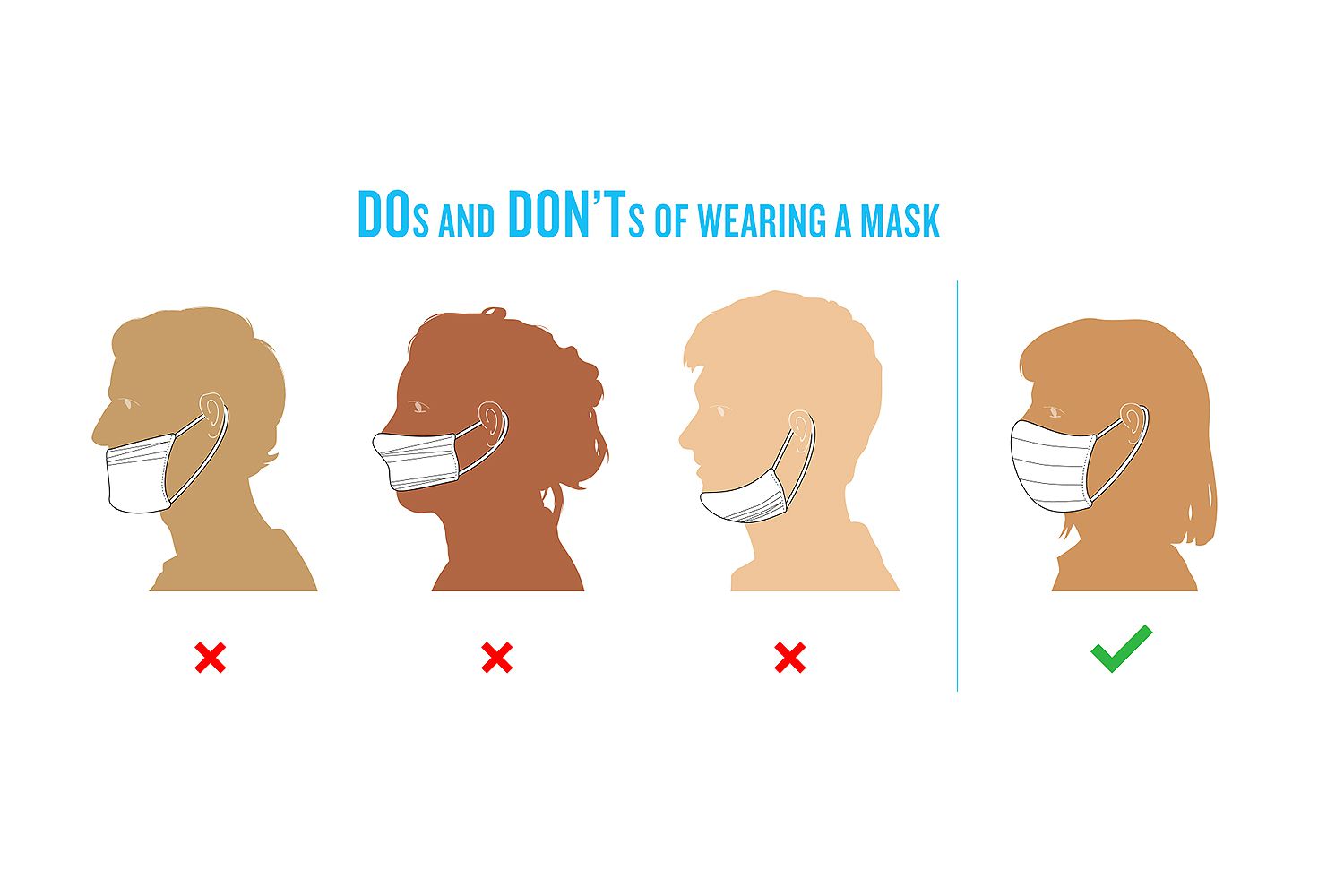
How do I dispose of my disposable mask safely?
When removing a disposable mask, don’t touch the front of it, instead, take it off by the ear straps and put it into a closed bin. Wash your hands immediately afterwards.
More info here:
We hope we’ve convinced you of the benefits of face coverings and tackled any misconceptions you may have had! Remember, face masks alone are not enough, be sure to maintain social distance when in public, and keep those hands clean!
Do you have any further questions about mask-wearing? Let us know in the comments or send us an email!
If you’ve enjoyed this post, why not share it on social media? Make sure to tag us on our Twitter, Instagram and Facebook pages!
[bctt tweet="Check out this article from @seekingsci on why you should wear a face mask."]
Further reading and watching:

